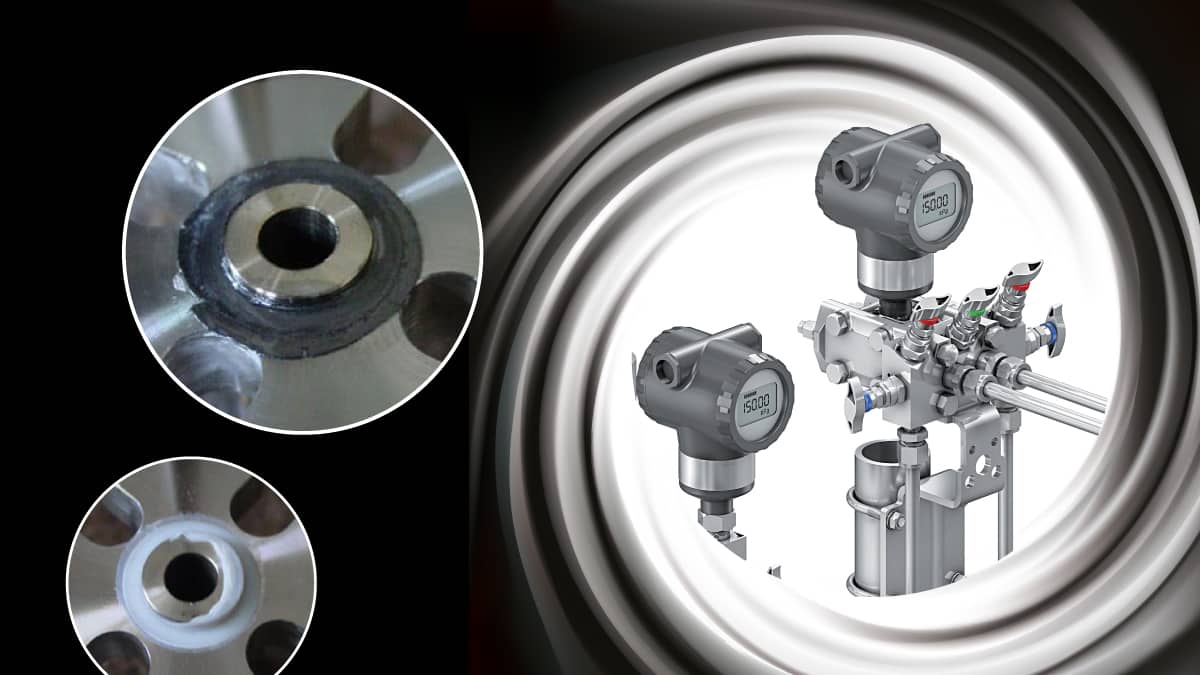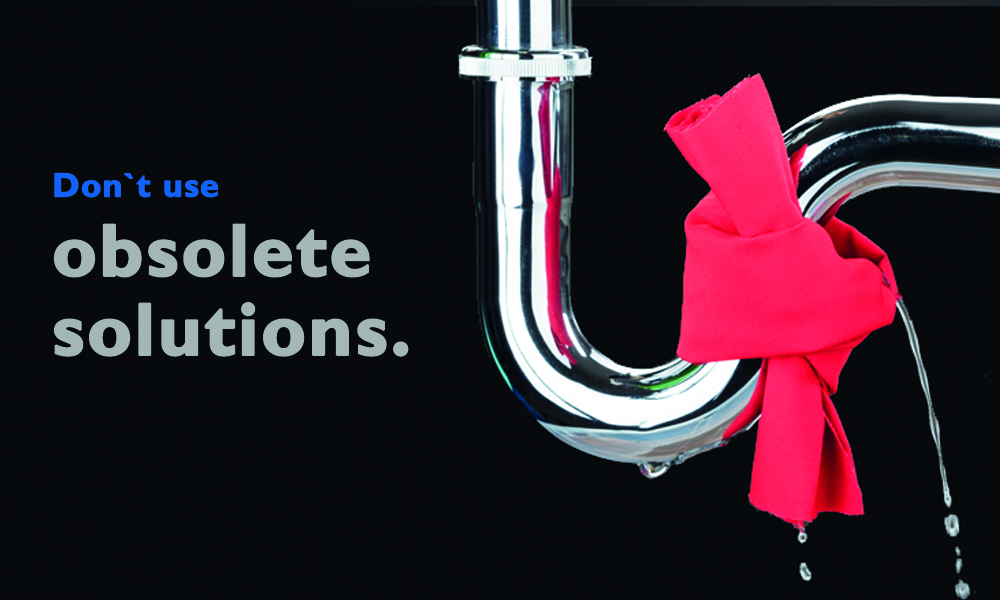Last week I was asked again: “Why there are two specifications existing and what is the difference between NACE MR0175 and NACE MR0103?” This led me to think about whether this topic also concerns other end-users and therefore I have summarized all important key data in my current article.
Continue readingDoes the seal ring fit? Avoid bad surprises.
Direct mount manifolds for direct mounting on pressure and differential pressure transmitters are normally protected against overheating by hot process media by means of correspondingly long impulse pipings. Nevertheless, many users demand that the manifolds and their flange connection to the transmitter can easily withstand even higher temperatures. For this, the manifolds must be equipped with gaskets made of graphite. This means they can easily be used at up to 550 degrees Celsius – much more than required by the current EN 61518 / IEC 61518 standards.
Continue readingThere is no reason to specify DIN 19213 instead of IEC 61518
EC 61518 (DIN EN 61518) is the global standard for Manifold-to-Transmitter Flange Connections. This standard has been issued in 2001. IEC 61518 is based on the German standard DIN 19213 (latest revision 1991 before superseded by IEC 61518). So, basically DIN 19213 is not anymore used with the exception of revision 1980, which is still specified in some standards. IEC 61518 has been prepared by subcommittee 65B and I was one of the subcommittee members. I am really surprised that DIN 19213 is still used after all these years, although there is no technical reason to specify this obsolete standard.
Continue reading



